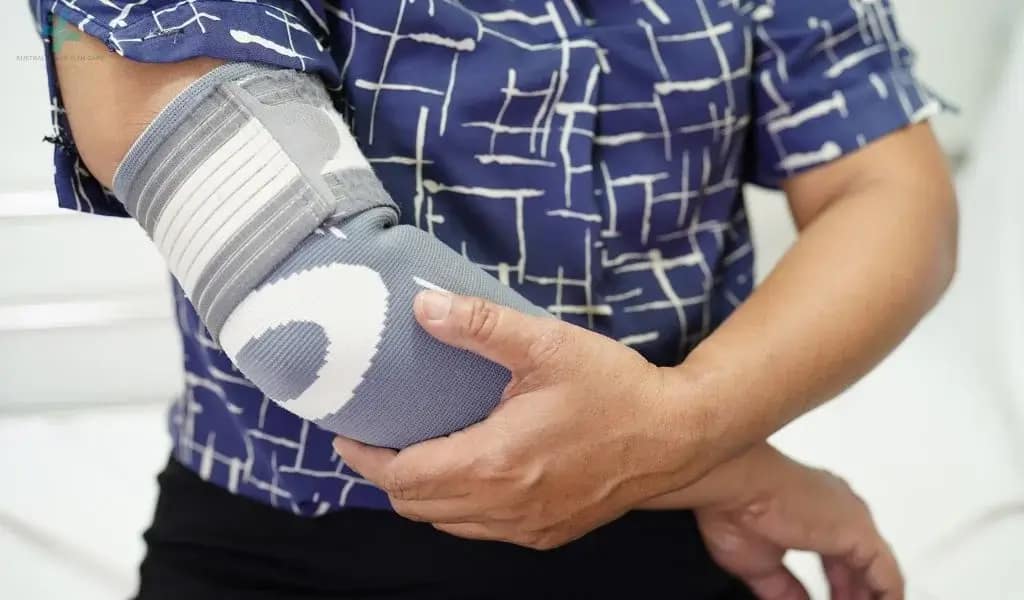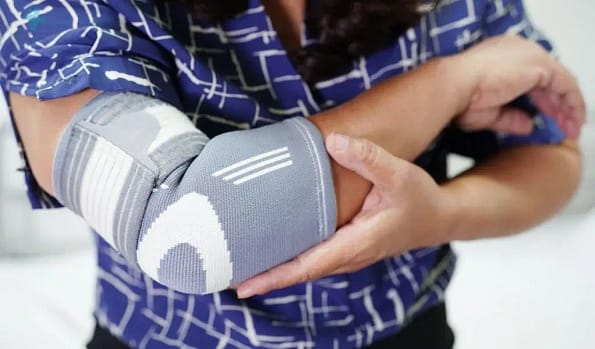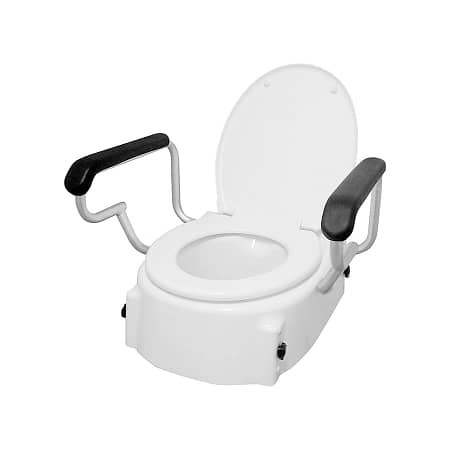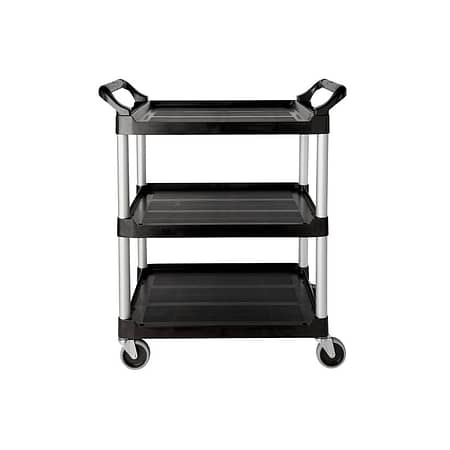How should patients properly wear, adjust, and maintain elbow brace supports to ensure their effectiveness?
Selecting the Right Elbow Brace
Types of Elbow Braces
Elbow braces come in various forms, each designed to support different types of injuries or conditions. Common types include compression sleeves, which are ideal for general support and muscle warmth; adjustable straps, which provide targeted pressure relief; and hinged braces, which restrict movement to protect against further injury. Understanding the specific needs of your condition is crucial for selecting the most effective type.
Factors to Consider When Choosing an Elbow Brace
Purpose and Functionality
The primary consideration in choosing an elbow brace should be its intended purpose. Whether it’s for post-operative recovery, managing tendonitis, or providing support during sports, the brace’s design should meet your specific needs.
Material and Design
The material of the elbow brace affects comfort, breathability, and durability. Look for materials that wick away moisture to keep the skin dry and designs that contour comfortably to your arm’s shape.
Size and Fit
A proper fit is essential for the brace to be effective. Too tight, and it can restrict blood flow; too loose, and it won’t provide adequate support. Measure your arm according to the manufacturer’s instructions to ensure a snug, comfortable fit that doesn’t impede movement.
By carefully considering these factors, you can select an elbow brace that effectively supports your recovery or management of elbow conditions, ensuring both comfort and functionality.

Correctly Wearing Your Elbow Brace
Proper application and adjustment of an elbow brace are crucial for ensuring its effectiveness in supporting recovery and providing relief. Follow these guidelines to ensure you’re wearing your elbow brace correctly for optimal support and comfort.
Step-by-Step Guide to Putting on an Elbow Brace
- Open or Unfold the Brace: Begin by laying the brace flat, ensuring all straps are fully extended and the brace is in its open position.
- Slide Your Arm In: Carefully slide your affected arm into the brace, making sure the elbow aligns with any padding or the hinge mechanism (if applicable).
- Secure the Brace: Start fastening the straps closest to your elbow before moving outward. This sequence helps secure the brace in the correct position for effective support.
- Check for Comfort: Once all straps are fastened, gently move your arm to ensure the brace feels comfortable and doesn’t pinch your skin or restrict circulation.
Adjusting Your Elbow Brace for Optimal Support
- Tightness and Compression:
- The brace should be snug enough to provide support but not so tight that it restricts blood flow. You should be able to slide a finger under the strap easily.
- Compression should be uniform around the elbow to help manage swelling and provide support without causing discomfort.
- Aligning the Brace for Maximum Effectiveness:
- Ensure the brace is centered over the elbow. For hinged braces, the hinges should align with the elbow joint to allow for natural movement.
- Re-adjust the straps after a few minutes of movement to accommodate any shifting and to ensure the brace remains in the optimal position.
Maintenance and Care for Your Elbow Brace
Ensuring your elbow brace remains effective over time involves regular maintenance and understanding when it’s time for a replacement. Here’s how to keep your brace in top condition.
Cleaning and Storage
Washing Instructions:
To maintain the hygiene and integrity of your elbow brace, hand wash it in cold water with a mild detergent. Avoid bleach or fabric softeners, as they can degrade the material. Gently scrub any areas with significant soiling, being careful not to stretch or distort the brace.
Drying and Storage Tips:
After washing, press out any excess water (do not wring) and lay the brace flat on a towel to air dry. Avoid direct heat sources like radiators or sunlight, as these can warp or shrink the material. Once dry, store the brace in a cool, dry place away from direct sunlight to prevent material degradation.
When to Replace Your Elbow Brace
Signs of Wear and Tear:
Regular inspection for signs of wear such as fraying straps, loosening closures, or thinning material is crucial. These issues can significantly reduce the effectiveness of the brace in providing support and stability.
Upgrading Your Brace:
If you notice changes in your condition or if the brace no longer fits as snugly as it once did, it may be time to consider an upgrade. Advances in brace technology or changes in your specific needs can also warrant a replacement to ensure you are receiving the optimal level of support.

Maximising the Effectiveness of Elbow Braces
To maximise the effectiveness of elbow braces, it’s vital to adhere to daily wear guidelines tailored to your specific condition, ensuring the brace is worn as recommended by healthcare professionals. Integrating the brace into your overall recovery plan enhances its benefits, which should include complementary therapies and exercises designed to strengthen the surrounding muscles and improve joint function.
Regular monitoring of your progress, with adjustments to the brace’s fit and usage as necessary, ensures the support remains optimal throughout your recovery journey. This holistic approach, combining disciplined brace usage with a comprehensive recovery strategy, is key to achieving the best possible outcomes for elbow rehabilitation or management of chronic conditions.





















